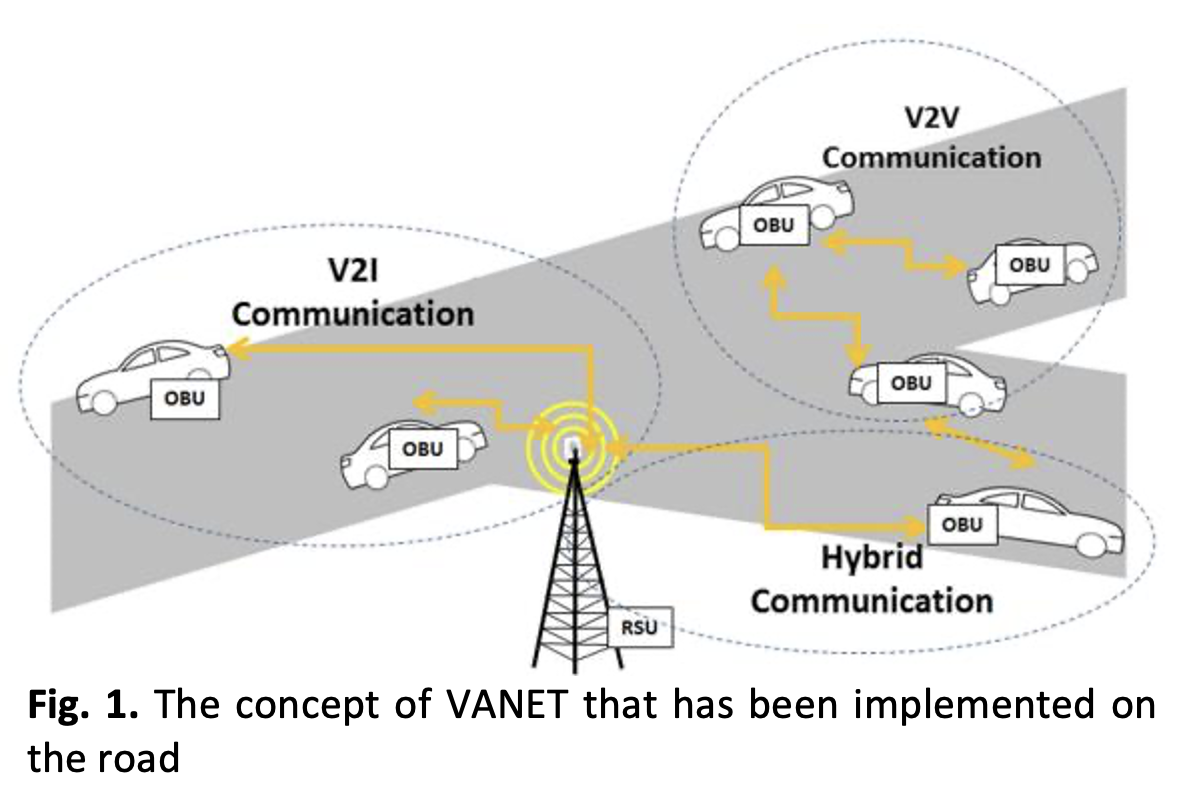The Implication of Different Transmission Protocols for Vehicular Networks using NS-2
DOI:
https://doi.org/10.37934/araset.37.2.113125Keywords:
VANET, TCP, UDP, QoS, NS-2Abstract
A vehicular network, categorized as an ad-hoc network, operates without fixed base station infrastructure or centralized management. In this setup, each network entity can serve as a router or a host, facilitating communication via multiple links. Unlike a mobile ad-hoc network, a vehicular network allows nodes to freely join or leave the network. For data transmission, various network layers are involved in delivering packets, with TCP and UDP protocols commonly employed. However, prior research has highlighted the limitations of Vehicular Ad-Hoc Networks (VANETs), particularly due to the surge in vehicular numbers on roads. This situation can trigger issues such as network congestion, leading to increased packet delivery delays and potential packet drops, ultimately compromising network performance. Moreover, when vehicles travel at high speeds on highways, quick message transmission is crucial, often without waiting for acknowledgments from both the transmitter and receiver. To address these challenges, some of the benefits of the User Datagram Protocol (UDP) can be integrated into vehicular network technologies. Consequently, this study aims to assess the data transfer performance between Transmission Control Protocol (TCP) and UDP, focusing on metrics like packet delivery ratio, packet loss, and packet drop, while varying vehicle density. The research location was Persiaran Permai, Seksyen 7, Shah Alam, Malaysia, and simulation was conducted using tools such as JOSM, MOVE, and NS-2. The findings reveal noteworthy differences: TCP exhibits a superior average packet delivery ratio (99.44% vs. 83.56%) and lower packet loss (0.56% vs. 16.45%) compared to UDP. Conversely, UDP demonstrates better performance in terms of average packet drop (0 compared to 6.75) when compared to TCP.




























